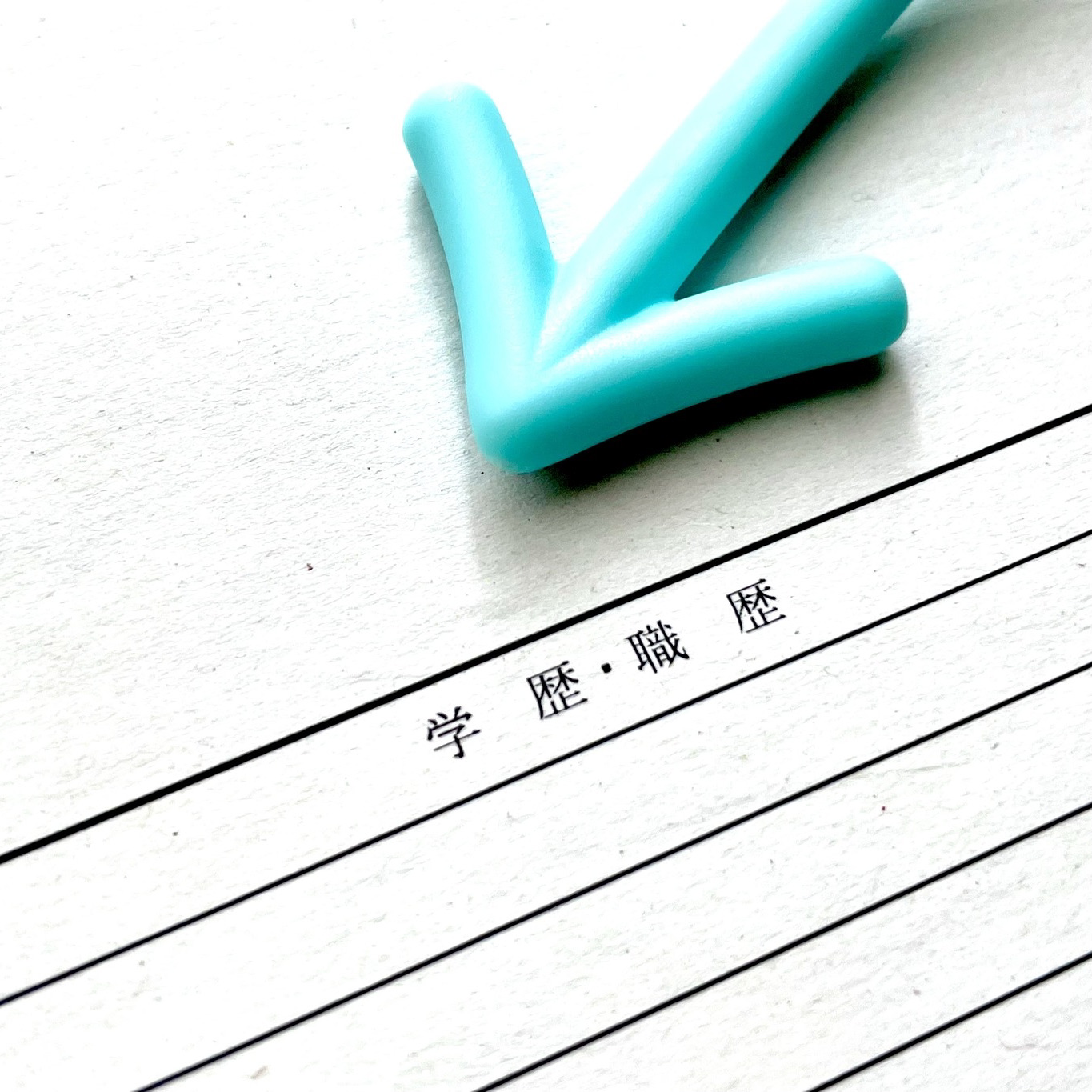【How to write Japanese resume -education and work history part】
The most important thing for applying for a job in Japan is to submit a resume in Japanese. There are some rules that you should follow, but it is not that difficult. Learn here how you should make it, so you can work! This time, I would explain education and work history part only!
Third step: information about education and work history
The second section on the first page is for education and work history.
Each school that you attended should be written in chronological order with the dates of entry and graduation. For universities make sure to be specific and not the name of the branch along with any special certificates or awards that you earned while attending that school.
The work history is written chronologically just like the school history. Unlike most western resumes, you don’t need to elaborate on the duties and requirements of all your previous jobs or try to explain how it is useful for the job you are seeking.
After completing your job history skip and write 以上(ijo) showing that you are finished, but if you are still currently working note by writing 現在に至る(genzai ni itaru).
Next time, I will explain how to fill out other blank of resume!
【履歴書の書き方 -学歴/ 職歴】
日本で仕事を探す上で、日本語の履歴書を提出することは重要となります。 守るべきルールはいくつかありますが、それほど難しいものではありません。 働けるようになるためにも、ここでどのように作成する必要があるかを学んでおきましょう。今回は学歴、職歴に関しましてご説明します。
Part 3:学歴/ 職歴
1ページ目の 2 番目の大枠は、学歴と職歴に関してです。
あなたがこれまで通った各学校の、入学日と卒業日とともに古い順で書く必要があります。 大学の場合は、学部名ではなく、その学校に通っている間に得た特別な証明書など、具体的に記入してください。
職歴は学歴と同じように古い順に書きます。国外の履歴書とは異なり、以前の仕事の義務や要件について詳しく説明したり、仕事にどのように役立つかを説明したりする必要はありません。面接で詳しく話すことはあります。
職歴が終わったら一行飛ばして「以上」と書いて、記載内容が終了したことを示しますが、まだその仕事を継続している場合は「現在に至る」と書いてください。
次回はその他の履歴書の書き方について解説します!

